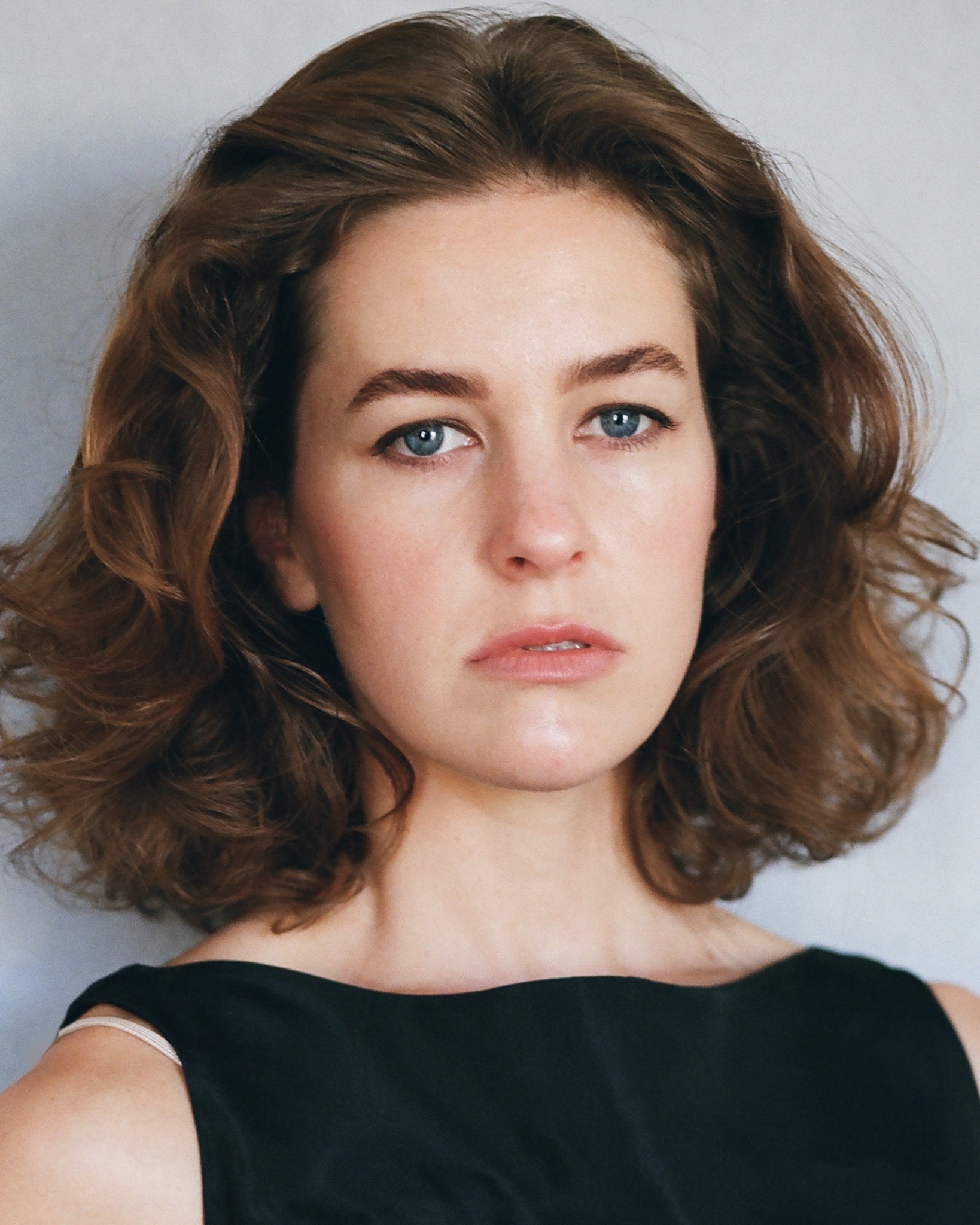We’re excited to introduce you to the always interesting and insightful Terra Layne. We hope you’ll enjoy our conversation with Terra below.
Terra, thanks for taking the time to share your stories with us today Learning the craft is often a unique journey from every creative – we’d love to hear about your journey and if knowing what you know now, you would have done anything differently to speed up the learning process.
How did you learn to do what you do?
My journey has been anything but conventional. It’s been a mix of classes, self-study, reading, and hands-on experience. I mentioned earlier that I studied part-time at Lee Strasberg, which helped me understand the structure of method acting as a practice. When I explored Meisner on my own, I started comparing techniques, taking what resonated with me from each and carving out my own approach. I did the same with books, films, and interviews—I am constantly dissecting performances and absorbing what I find powerful. That’s why I consider myself largely self-taught; I’ve created my own method. It’s also involved a lot of self-observation, constantly experimenting with my instincts and reactions to shape the work into something uniquely mine. I find a lot of joy in it—it’s like solving a puzzle with multiple solutions, and it’s incredibly rewarding when you find that piece that truly lands.
Knowing what you know now, what could you have done to speed up your learning process?
I think if I had trusted myself sooner, it would have made a difference. I hesitated for years, thinking I needed permission or more credentials or that I lacked the “it” factor. I was so scared of failing that I didn’t trust myself. If I could do it over, I would gone after it sooner. Confidence is something I’ve had to build over time. Honestly, starting therapy earlier would have helped too. Unpacking my past, the pain of losing my mother, and grappling with family trauma has freed up so much emotional space for me. I wish I had started creating my own work earlier too. I’m only just now learning to embrace the idea that if you imagine something, you don’t have to wait for anyone’s permission to make it real. Create it, and make it yours, find the courage to attempt. I’m still working on this one.
What skills do you think were most essential?
Empathy is essential for acting. The ability to step into someone else’s skin and experience life from their perspective, impulses, and complexities. Resilience is crucial too; rejection is constant, and you have to keep pushing forward. Comedic timing, especially on stage, has been invaluable. I love the physicality of acting, whether it’s intense drama or roles that draw on my athletic background. I thrive on embodying a character fully, even if it means learning a new skill on the fly.
What obstacles stood in the way of learning more?
My biggest obstacle was my own fear of failure. It held me back from trusting my instincts and going after what I wanted. I kept waiting for someone to tell me I was “good enough.” That paralyzed me for a long time. Navigating the business side of acting has also been a huge challenge. Being non-union, not having that network of connections that comes from a traditional acting school, and figuring out how to stand out in an oversaturated industry has been daunting but also super fulfilling. The most liberating realization has been that I don’t have to wait for anyone’s permission to create. I’m finally letting myself step into that power now, writing my own projects and collaborating with others to bring new stories to life.

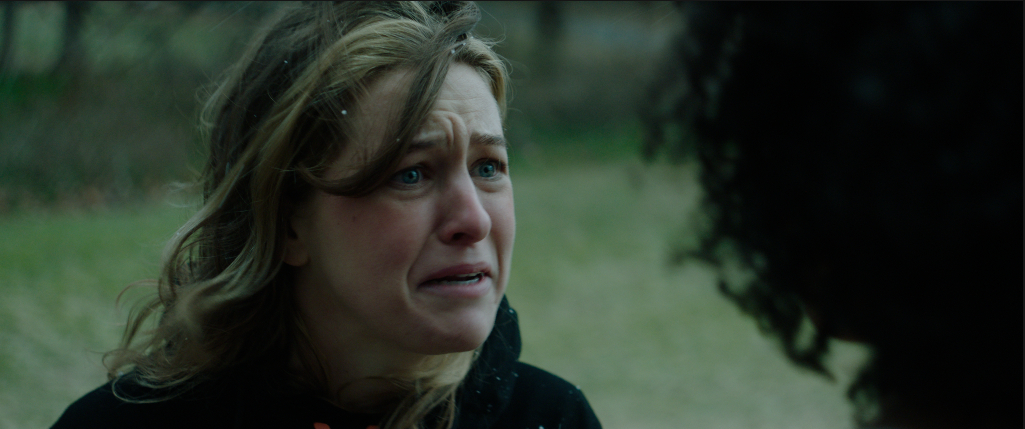
Great, appreciate you sharing that with us. Before we ask you to share more of your insights, can you take a moment to introduce yourself and how you got to where you are today to our readers.
Hi! My name is Terra Layne. I’m a gender-fluid, neurodivergent actor living in New York City. I primarily work in theater and film, but I’m also writing my first play, directing projects, and occasionally stepping into modeling. I’m drawn to roles that embody hope, allowing me to inspire audiences to find hope within themselves. As a creative person, my passions stretch far beyond acting—I’m constantly exploring new hobbies and interests. When I’m not on set or on stage, you can find me painting, beading, practicing yoga, or hitting the tennis courts (semi-professionally). I’m also a surfer who loves the ocean, a solo traveler who’s hiked the length of countries for months at a time, and someone who has biked from Istanbul to Venice. For the past 15 years, I’ve cared for a 42-year-old Amazon parrot named Pooja, who’s been my companion through thick and thin.
Much of my acting depth comes from living a life full of rich, challenging experiences. When I arrived in New York to pursue my craft, I studied part-time at Lee Strasberg, where I dove into method acting and experimented with emotional rawness and movement. But at heart, I’m self-taught. I learned through osmosis—absorbing performances that moved me, mimicking motion, devouring scripts, and plunging into roles that pushed me to step out of my comfort zone. From a young age, I’ve been an observer, captivated by what drives people and animals—their quirks, their instincts, the ways they express fear, joy, or mask pain. Looking back, I might call this hypervigilance, but for me, it was always a form of study.
Acting, for me, is a daily practice; it’s not confined to a set or stage. It’s woven into the fabric of how I move through life. Living in New York, stepping outside can feel like an improv class, constantly observing and reacting to the world around me. I used to worry that my non-traditional path would be a barrier, but it’s turned into my greatest strength, allowing me to bring something unique to every role I take on.
I’ve had the chance to perform in some incredible projects, from stage plays like Pussy Sludge and White Rabbit Red Rabbit to films like Chimera, where I’ve explored intense, emotionally charged characters. These experiences have taught me to be fearless, to dig deep into the emotional core of a character, and to let go of what’s safe or polished. I’m drawn to stories that are real, that expose the messy, complicated layers of human life. I’m most driven by work that contributes to the collective healing of our society. Whether it’s the quiet pain of someone struggling to connect or the chaotic joy of someone embracing their truth, those are the stories I want to tell.
Recently, I’ve started creating my own projects, stepping into writing and producing. This has been a huge shift for me, moving from waiting for roles to taking control of my own narrative. I believe in the power of collaboration and am excited to build projects from the ground up that are driven by curiosity, empathy, and a genuine desire to explore the human condition.
What I’m most proud of is staying true to my instincts. In a world where everyone is trying to fit a mold, I’m dedicated to breaking it. I’m interested in honesty, in work that makes people feel something real something complex. My work is a reflection of who I am—someone who’s unafraid to dig into the uncomfortable, who values authenticity, and who’s not afraid to be messy, vulnerable, or raw. I’m proud of the fact that I’ve stayed true to myself, even when it felt like the industry was pushing for something else.
I’m interested in truth, in creating art that feels alive, and that makes people see something familiar in a new way. I want to tell stories that matter, stories that might make you laugh one minute and cry the next. And if I can do that while staying true to my own voice, then I know I’m on the right path. I’m committed to creating art that connects us, challenging people to think, feel, and see the world a little differently. And I’m always on the lookout for projects that align with that vision—whether it’s an indie film, a thought-provoking play, or a collaborative storytelling venture. Let’s find more comfort in the uncomfortable.
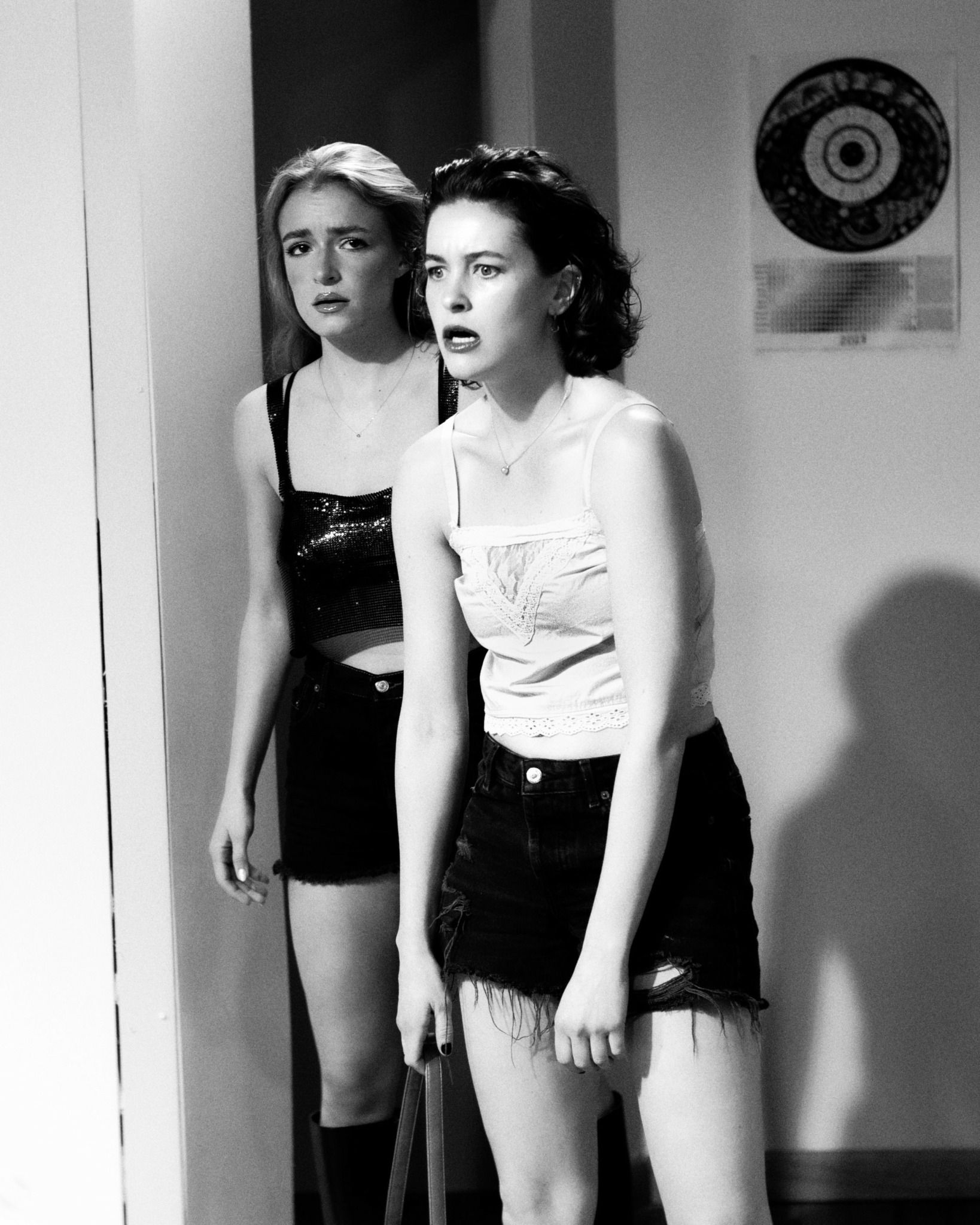

What can society do to ensure an environment that’s helpful to artists and creatives?
This is a great question. I was in a playwriting workshop recently, discussing self-funding work and one of my peers mentioned how we used to teach people how to give. I keep thinking about that. We need to redefine the importance of art in our culture—why it’s crucial to invest in art for art’s sake. Innovative art makes people wonder; it brings joy, release, and reflection. But right now, art feels reserved for the mega-rich, whether consuming or creating it.
Artists need affordable spaces to connect and collaborate. I’ve performed in many NYC apartments because renting even a small theater is prohibitively expensive. Those intimate settings can be special, but that shouldn’t be the only option for artists to create and share work. We need places to exchange ideas, find our people, and get genuine feedback without gatekeepers deciding what’s “worthy” or profitable. That’s business, not art. Capitalism has blurred those lines, which is why people pay $250 to see a soulless Broadway show or films costing $300 million for a superhero movie with the most basic plot, that’s been done time and time again.
There’s so much power and emotion in smaller, conceptual, riskier projects—the ones that don’t fit neatly into boxes. These are the hot takes, the satires, the deep cuts that push boundaries and leave you questioning yourself. Art opens minds and evokes new feelings. If we want that art to thrive, we need to show up: buy tickets to local performances, support crowdfunding, and embrace the unexpected and uncomfortable. It also requires more government funding and investments from individuals who can give without expecting returns.
If we want a world where art thrives, we must see artists as vital to our communities. We’re not just entertainers churning out content for views—we’re storytellers, provocateurs, healers. By investing in us, we’re investing in a more vibrant, empathetic, and innovative society.


What’s a lesson you had to unlearn and what’s the backstory?
I grew up believing that being smart was something objective, something you could measure. When I went to university, I was too scared to pursue acting. Instead, I struggled through a science major, thinking that was the intelligent and safe choice. I tried so many jobs, hoping I’d find something that I could enjoy enough to distract me from my real passion. But the more I forced myself to become just another cog in the machine, the more depressed I became.
I had to stop running away, face my fears, and commit to my desires. I had to unlearn this idea that “success” was something defined by outside approval. The progress was far from linear, but slowly, it started to feel more realistic to follow the path I truly wanted. That’s not to say I don’t still wake up questioning my wandering wits—but I’m learning to trust that uncertainty is part of the process.
Contact Info:
- Website: https://terralayne.com
- Instagram: https://www.instagram.com/itsterralayne/
- Youtube: https://youtu.be/73-POhwEY6A?si=5ctq1ATVP9ZBh5IF
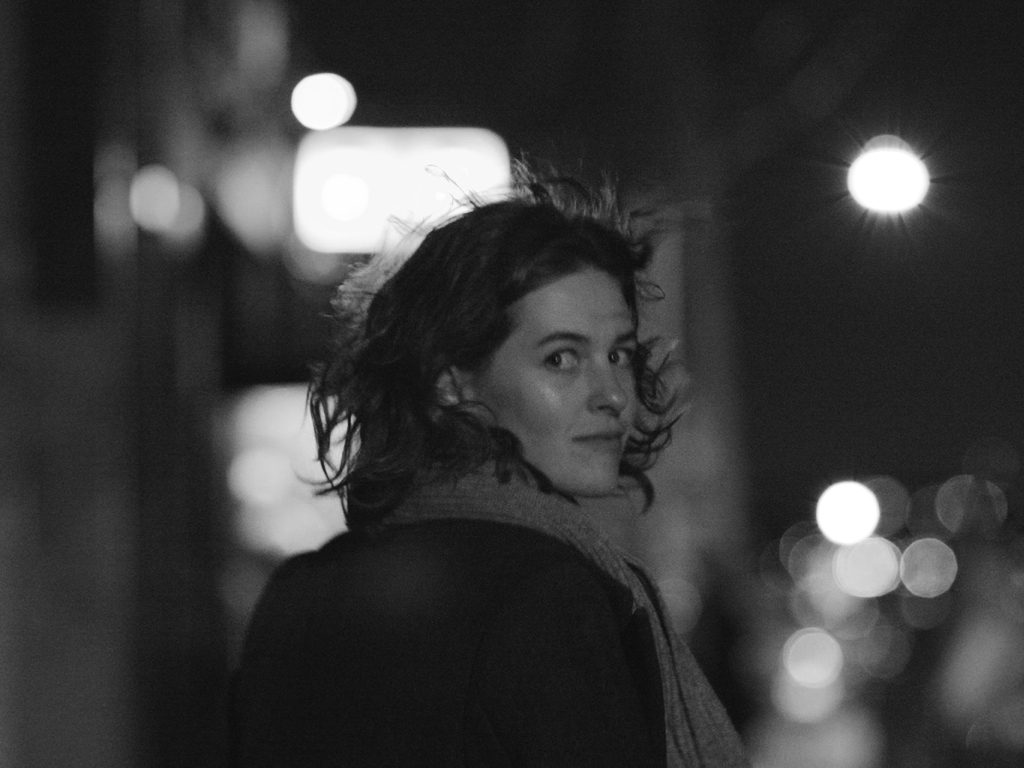
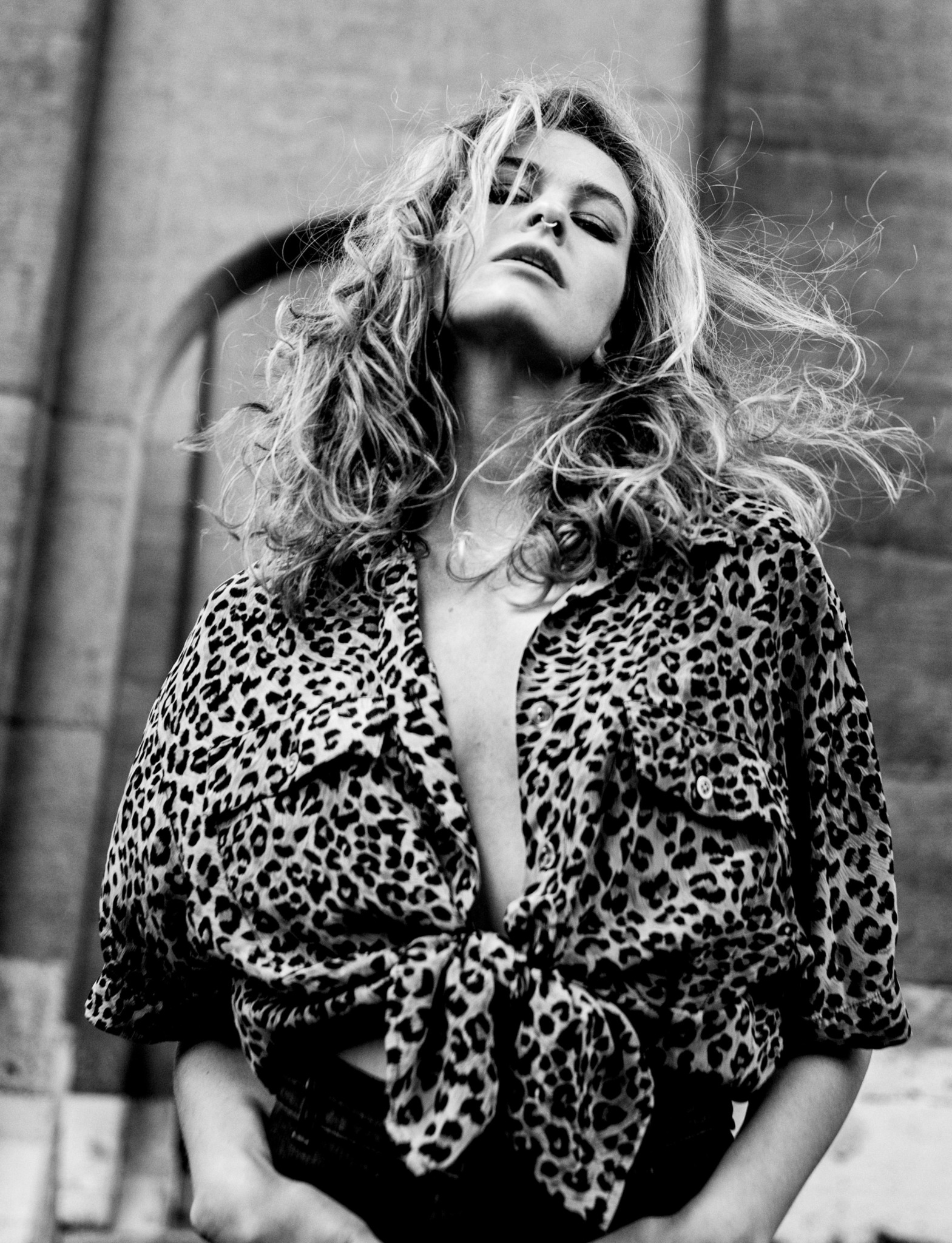
Image Credits
Paulo Francesco
Franey Miller
Christian Stevenson


